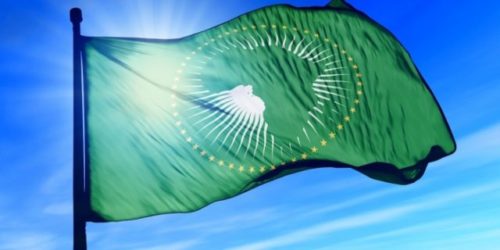
An African free-trade zone came into force Thursday, a step toward creating what the African Union hopes will be a continent-wide market of 1.2 billion people worth $2.5 trillion.
“This is a historic milestone!” tweeted Albert Muchanga, AU commissioner for trade and industry.
“We celebrate the triumph of bold, pragmatic and continent-wide commitment to economic integration.”
The African Continental Free Trade Area had been ratified by 22 countries by April 29, the requisite number for formally notifying the AU. That paved the way for it to take effect 30 days later as stipulated in its statutes.
The agreement’s operational phase is to be launched on July 7 at an AU summit in Niger. There are still a number of outstanding issues to be resolved, including arbitration measures, certifying the origins of goods, tackling corruption and improving infrastructure.
52 of the AU’s 55 member states have signed the agreement to establish the free trade area since March 2018, with the notable exception of Nigeria, the largest economy on the continent.
But some of Africa’s other economic heavyweights — including Ethiopia, Kenya, Egypt and South Africa — are among the 24 nations that have formally ratified it. In the last month, Zimbabwe and Burkina Faso joined the fold.
The AU envisions the free trade zone, once fully implemented, driving economic integration and spurring investment within the continent.
It hopes the progressive elimination of tariffs will help boost intra-Africa trade by 60 per cent within three years. At present, only 16 per cent of trade by African nations is with continental neighbours.
Advocates for the trade zone say it will help develop African economies long driven by a focus on resource exploitation, and provide a platform for negotiating with markets beyond the continent.
But critics say poor infrastructure and a lack of diversity between the various economies could throw up barriers to this envisioned integration.